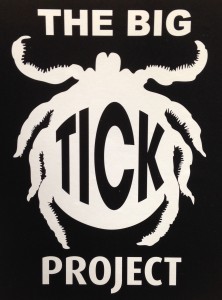Within our daily routine at Hollybank we see lots of dogs and cats with ear disease. Ear infections can manifest in one or both ears. They are generally itchy and irritated but can also be painful. Typical signs include, scratching the ears, shaking the head and rubbing their ears along the carpet.
Ear infections can occur on occasion but more often than not they can become a recurrent issue. This is due to a number of underlying risk factors which make your pet more likely to develop an infection.
1)Primary factors. These are diseases or situations that can cause an ear infection. They include a foreign body, parasites, allergic skin disease, endocrine disorders, defects with the ear itself and tumours down the ear canal.
Identification of primary factors is important. Once we have discovered this we can address the underlying issue and try to put into place a treatment to manage this condition. For example, long term management for allergic itchy dogs.
 2)Predisposing factors. These are already existing factors that can increase the likelihood of an infection or exacerbate an infection already caused by a primary factor. There are three broad categories:
2)Predisposing factors. These are already existing factors that can increase the likelihood of an infection or exacerbate an infection already caused by a primary factor. There are three broad categories:
- Conformation of your animals ear; hairy external ears, narrow ear canals, pendulous/floppy ears, excessive wax production.
- Environment in which your pet is in; frequent swimming or bathing, high temeperatures and humidities.
- Inappropriate management; Overzealous cleaning or inappropriate cleaning product.
Of course, we cannot change the conformation of our pet’s ears! However, we can help by trying to maintain a healthy ear environment. Generally we do not advocate plucking of hairs down the ears but trimming the ears around the canal can improve air flow and ventilation down the canal. We also advocate regular ear cleaning; this should be with an approved and sensitive product and can be especially useful after swimming.
3)Perpetuating factors. These factors can actually be created by the infection and then exacerbate the ear infection creating a vicious cycle.
- Ear canal thickening. With ongoing infections the ear canal itself changes. It can become thickened resulting in a narrowed canal. This can be detrimental as this can create a moist environment with little airflow and the build up of discharge-in this environment infections can thrive. Once a thickened canal develops It can then be difficult to get any antibiotic drops down effectively!
- Spread of infection. Ear infections are often only associated with the external ear. However the ear canal extends into an area called the middle ear. In certain cases external ear infection can spread into the middle ear and without addressing this problem it can prevent resolution of the ear disease fully.
Our role for this is to provide a product to help clear the infection. We will often also use steroids alongside our ear drops to help control any inflammation and try to reverse any thickening down the canal. Of course we base this on the individual pateint and the ear on examination. It is important to come back for re-examinations following ear treatment to ensure that the infection is cleared fully. Failure to fully resolve an ear infection will result in a recurrence of problems.
Any questions about ears or if you think your dog has ear disease please contact 01606 880890 for an appointment.


